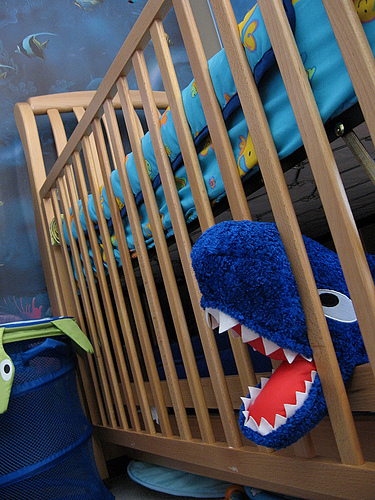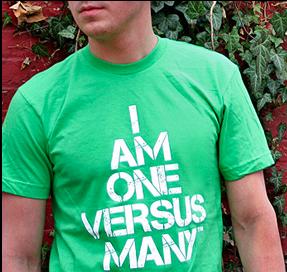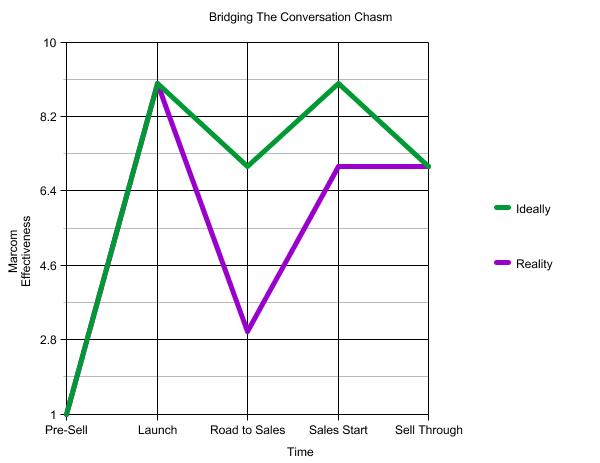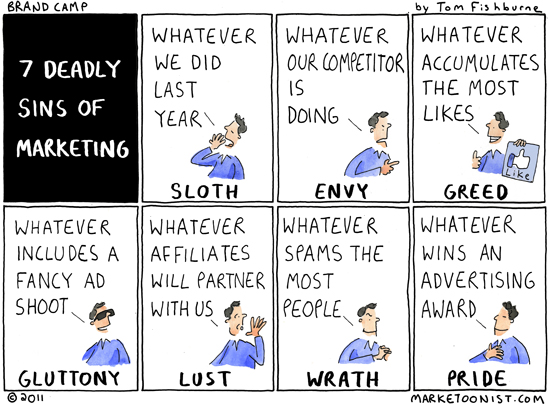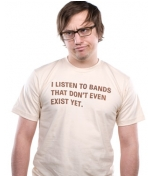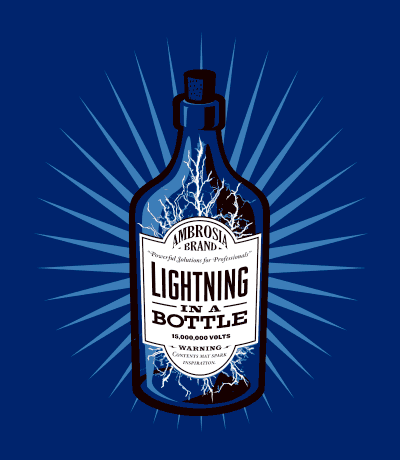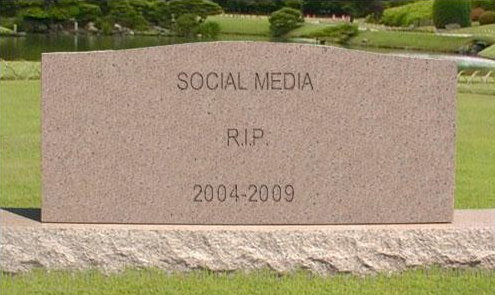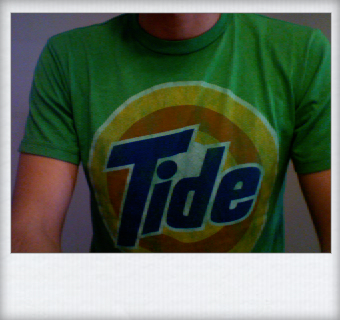I've known Dan Beck since 2002. By my calculations Dan has worked and lived in the upper echelons of the music business for four decades. He recently started one of the most entertaining blogs around, called Music Bizz Fizz - a collection of nearly unbelievable stories about his run-ins with some of music's greatest legends.
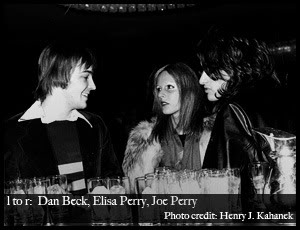 Dan is a born storyteller. Since I've known him he's dazzled me with personal [and mostly, touching] stories about Ozzie(Osbourne), Michael (Jackson), Cyndi (Lauper), Richard (Branson) and
others.
Dan is a born storyteller. Since I've known him he's dazzled me with personal [and mostly, touching] stories about Ozzie(Osbourne), Michael (Jackson), Cyndi (Lauper), Richard (Branson) and
others.
I asked him if he'd answer a few questions on storytelling, which seems to be on the tip of every marketer's tongue these days. Here's what he had to say.
I'm almost certain he'd answer more questions if you leave them as a comment. Go for it ... this guy has been there, done that.
Ian Sohn: 'Storytelling' is a red hot topic these days in marketing circles. I hear brand managers and agency types talk all the time about how brands need to mine interesting stories from inside the organization, and then bring them to life for external audiences. Why do you suppose there's such a deliberate emphasis on storytelling these days - is there something happening culturally right now that makes it more important than a few years ago?
Dan Beck: We are so connected today and so in touch. I believe that this re-awakening to storytelling is the realization that storytelling is a way to texture and validate an idea or more warmly position a relationship. All of our advancements in 24/7 communication are two dimensional and storytelling is a humanistic tool to add depth, history, and perspective.
IS: Your blog, www.musicbizzfizz.com, is a collection of great stories from your four decades in the music business. Why did you now choose to start sharing those memories publicly?
DB: I started my career as a writer and my passion was to be a lyricist/songwriter. As an editor for a music trade magazine in Nashville , I was writing stories back in the ‘70’s, about the storytellers in country music; people like Tom T. Hall and Charlie Daniels. Then, as a marketing execu tive, I was given an enormous gift to work with so many extraordinarily talented recording artists in country, rock, pop, and soul, over the years that were so fascinating to me. I feel a certain obligation to share those experiences that were given to me, from working with Pearl Jam and Michael Jackson to the many artists who never made it. I know 50 other people who have better stories than mine, but their not telling them! It has always been an extremely difficult business for creative people to survive. I believe there are lessons in their experiences, in their courage, and in the hallucination of chasing fame and celebrity with ones talents. The breakthroughs, the mistakes, even the naïve perspective we might have had back then were all a part of trying to figure out how to succeed. Maybe there is something in that a new mind can advance. Maybe I have never figured some of these things out, but if I share them, maybe someone else can gain something from these extraordinary experiences.
tive, I was given an enormous gift to work with so many extraordinarily talented recording artists in country, rock, pop, and soul, over the years that were so fascinating to me. I feel a certain obligation to share those experiences that were given to me, from working with Pearl Jam and Michael Jackson to the many artists who never made it. I know 50 other people who have better stories than mine, but their not telling them! It has always been an extremely difficult business for creative people to survive. I believe there are lessons in their experiences, in their courage, and in the hallucination of chasing fame and celebrity with ones talents. The breakthroughs, the mistakes, even the naïve perspective we might have had back then were all a part of trying to figure out how to succeed. Maybe there is something in that a new mind can advance. Maybe I have never figured some of these things out, but if I share them, maybe someone else can gain something from these extraordinary experiences.
IS: What makes a good storyteller? Is it the story or the teller? If both, what elements are critical for each?
DB: I think the story has to be relatable. People have to be able to apply it in some way to their own life. I think there has to be a good conclusion… or at least a conclusion that makes you think or ponder it. The best storytellers love the story they are telling. I grew up listening to storytellers and what I remember most was their joy in remembering and telling their stories.
IS: How much does accuracy matter in storytelling? I noticed some of the comments you receive on your blog posts are people correcting little things (it was a 747 not a prop plane) to more significant ones (I was not on that trip when The Clash ...). To me it makes very little difference since some of your tales are 30+ years old, and little inaccuracies don't fundamentally change the story (or perhaps because my wife tells me I tend to make up historical 'facts'). But think about a brand telling a story to its stakeholders ... can inaccuracies or creative liberties be tolerated?
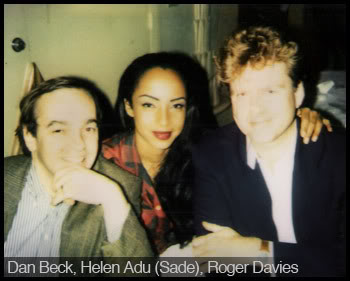 DB: One of the best experiences I have had has been the responses to correct my version of history. I wrote a story about being backstage at the first Clash concert in the US . I was with 6-8 people from the record company. I got half the people wrong who were there. Within a couple of hours of posting it, I had heard from several people who were there 31 years ago and we pieced together the entire backstage scene. It was stunning to realize the speed of connection today and also how warm that connection is between people who experienced something very special way back when. Storytelling doesn’t make the storyteller the authority. To me, it is just bringing information forward… accurate or inaccurate. We share stories; which means we can share our evaluation of them. Stories do not have to be believable to be good. We have all heard tall tales that were a lot of fun to hear and they seem to all contain some incredible morsel of truth. Some of the best storytellers are the biggest BSers. We still enjoy them. With that said, silver-tongued devils can lead a brand astray. The story is just the illustration of a point. You have to have a point that needs to be made or a value in your brand or product that needs to be illustrated. Usually, if you’re BSing someone, you actually don’t have a point. What is the agenda of the storyteller? Whenever I write a story, I ask myself, “What is my agenda?” I then try to make sure that agenda is going to pass muster with my readers. If I put forward a personal accomplishment in a story, it better have some basis of believability. People accept imperfection when it is delivered with honestly. Imperfection when combined with an agenda is the breeding ground for dishonesty.
DB: One of the best experiences I have had has been the responses to correct my version of history. I wrote a story about being backstage at the first Clash concert in the US . I was with 6-8 people from the record company. I got half the people wrong who were there. Within a couple of hours of posting it, I had heard from several people who were there 31 years ago and we pieced together the entire backstage scene. It was stunning to realize the speed of connection today and also how warm that connection is between people who experienced something very special way back when. Storytelling doesn’t make the storyteller the authority. To me, it is just bringing information forward… accurate or inaccurate. We share stories; which means we can share our evaluation of them. Stories do not have to be believable to be good. We have all heard tall tales that were a lot of fun to hear and they seem to all contain some incredible morsel of truth. Some of the best storytellers are the biggest BSers. We still enjoy them. With that said, silver-tongued devils can lead a brand astray. The story is just the illustration of a point. You have to have a point that needs to be made or a value in your brand or product that needs to be illustrated. Usually, if you’re BSing someone, you actually don’t have a point. What is the agenda of the storyteller? Whenever I write a story, I ask myself, “What is my agenda?” I then try to make sure that agenda is going to pass muster with my readers. If I put forward a personal accomplishment in a story, it better have some basis of believability. People accept imperfection when it is delivered with honestly. Imperfection when combined with an agenda is the breeding ground for dishonesty.
IS: The requisite social media question ... do you think brands or people can tell stories in 140 character installments, or does a good story require a longer form?
DB: The reality is that most stories need to be short. I’m not sure I will ever learn that in my lifetime! However, I’ve realized through writing the blog that there is always a battle between all the facts or issues of a story and getting it across succinctly. I actually enjoy the editing process, because you really work toward simplifying and shortening the story. Sometimes the best stories are simply a photo. How often have you seen a long, enthusiastic thread of comments on Facebook that all started with a photo? Every story is a child/parent to several other stories. The best stories I’ve told get interrupted midstream by people who are so enthusiastic about adding their experience. Which reminds me of a great story…
